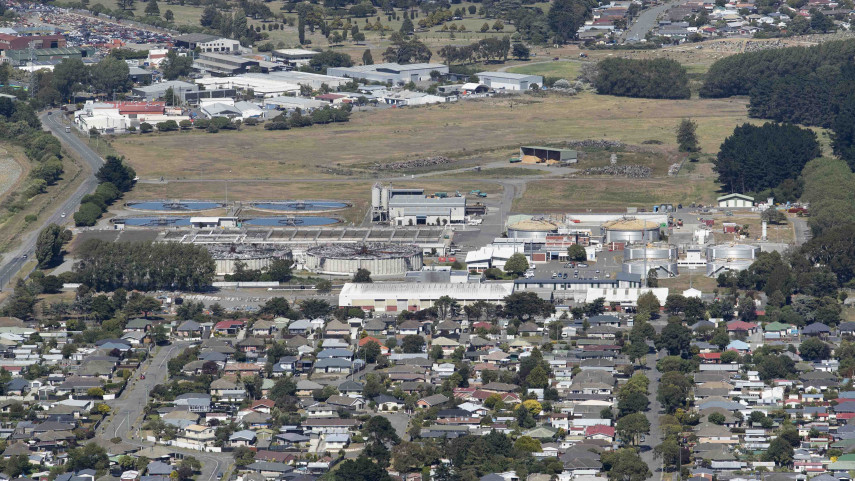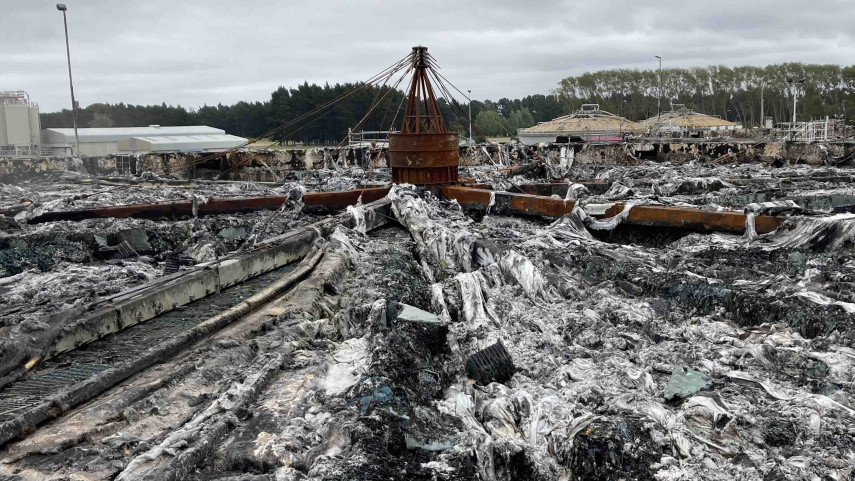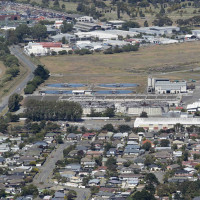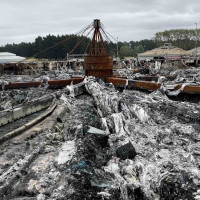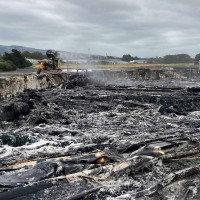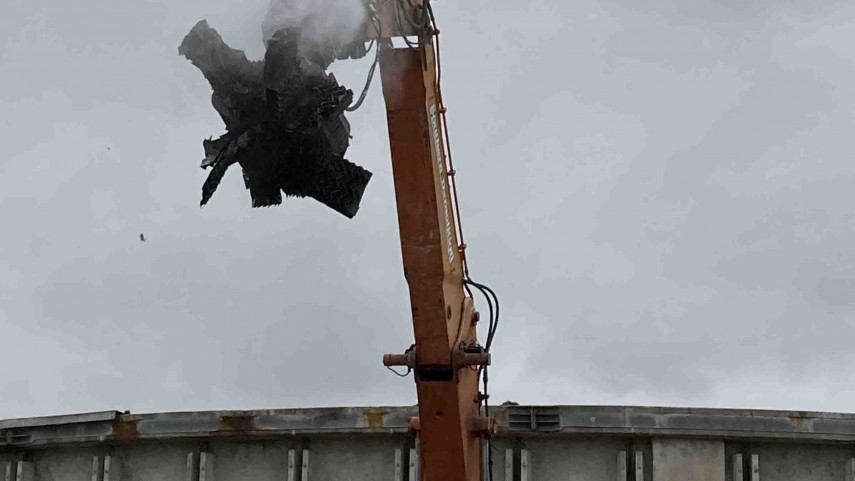
Work to end wastewater plant stench starting

Share this story
Southern Demolition and Salvage Ltd will begin the task on Thursday 12 May of removing the rotting material from the fire-damaged trickling filters at the Christchurch Wastewater Treatment Plant.
“We have given them the contract to do the job and they will be working 12 hour days, six days a week to remove the filter material,’’ says Christchurch City Council Head of Three Waters Helen Beaumont.
“They are aiming to have the task completed in four months which means that by early September one of the main sources of the stench from the plant will have been eliminated,’’ Ms Beaumont says.
“This is four months earlier than we had originally thought it would be. The contractor has put a really good plan together to get the work done as quickly and as safely as possible.”
“Normally we’d go out for tenders for a project of this size, but we know the smell, which fluctuates depending on the weather conditions, is causing distress for nearby residents and we want to get rid of iit as quickly as possible,” Ms Beaumont says.
“We have fast-tracked our normal procurement process and directly appointed Southern Demolition to do the work. It’s a complex task as the trickling filters have 8 metre-high (three-storeys) concrete walls and there is about 26,000 cubic metres – about the volume of 10 Olympic swimming pools – of material to remove.
“Southern Demolition undertook the trial removal of the material for us in December 2021 so they are aware of the huge job ahead of them. They are going to pull out all the stops to complete the removal work as quickly as possible.’’
The cost of removing the material from the trickling filters will be funded from an interim payment the Council has received from insurers. The material will be loaded into sealed bins and transported to the Kate Valley landfill where it will be reated as hazardous waste.
“Unfortunately, there are days when the smell could get worse as material deep inside the trickling filters gets exposed to the elements and starts rotting.
“We know this is the last thing that residents want to hear, but at least we now have clear timeframes around when the removal work should be completed’’ Ms Beaumont says.
”By spring-time the stench from the plant should be much less of an issue.’’
The rotting material inside the trickling filters is one of the sources of the stench from the wastewater treatment plant.
The other source is the oxidation ponds. They smell because the wastewater that is being discharged into them is not as thoroughly treated as before the fire.
The wastewater treatment process has been modified to improve the quality of the effluent and aerators have been installed in the oxidation ponds to try to minimise the smell. The odour from the ponds should also reduce at the same time as the work is done on the trickling filters

